
Biosecurity NZ Continues its Hornet Containment Efforts
The discovery of more queen hornets continues to give Aucklanders cause for concern.
There are a lot of pests out there! They don’t all fit into one of the big groups of pests (ants, cockroaches, spiders, etc), so articles on these more occasional pests all get grouped here under “Other Pests”.
One of the pest insects that gets a bit personal are lice, including head lice and pubic lice. Check out our article on all you need to know about lice.
There are always some insects which homeowners may view as pests, either because they are unwanted intruders in the house or just don’t know what they are. Two insects that commonly fall into this category are click beetles and ant lions (which are the larval stage of lacewings).
One of the smallest arthropod pests are the mites, which include dust mites, bird mites, spider mites and rodent mites. Bird mites and rodent mites might be the causes of bites in the bedroom, but there are some other pests which could be the cause of unexplained bites in the bedroom.
Millipedes, particularly the Portuguese millipede can be the cause of major infestations and large scale house invasions. Another multi-legged occasional pest is the very fast moving, house centipede.
One group of arthropod pests that are feared in a similar way to spiders are the scorpions and with good reason, as some can give a very nasty sting.
There are a range of vertebrate pests, other than rodents and birds. Many are native animals such as the Antechinus, but some are introduced pests, such as the infamous cane toad.
Notifiable Pests
Federal and state governments carry out continuous border checks and some monitoring inland, for various invasive pests, which should them become established in Australian, could cause significant and economic harm. Such pests are called notifiable pests, in that if you spot a potential notifiable pest, you should alert the relevant government authority in your state.
More information on other types of pest.

The discovery of more queen hornets continues to give Aucklanders cause for concern.

Latest research indicates that the classification of mites is scientifically incorrect.

Slaters (or woodlice) are sometimes encountered inside people’s homes, which is why it’s important to know how to effectively remove them.

Australia’s growing deer population is a cause for concern not only in rural areas, but semi-urban locations too. Here is everything pest managers need to know about feral deer.
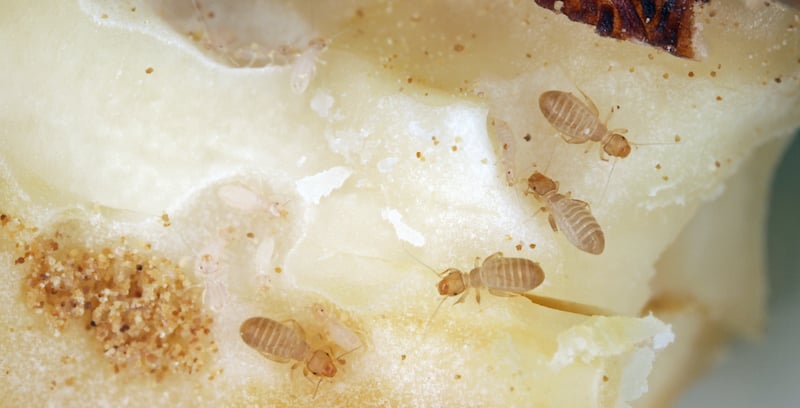
A guide to booklice, a less common pest that can usually be dealt with using hygiene and exclusion methods rather than insecticides.

Timber borers may not have the same reputation as termites, but they can still cause significant damage. The challenge in managing borers is that they can be difficult to identify and identification is essential in order to determine the necessary borer treatment (if required).
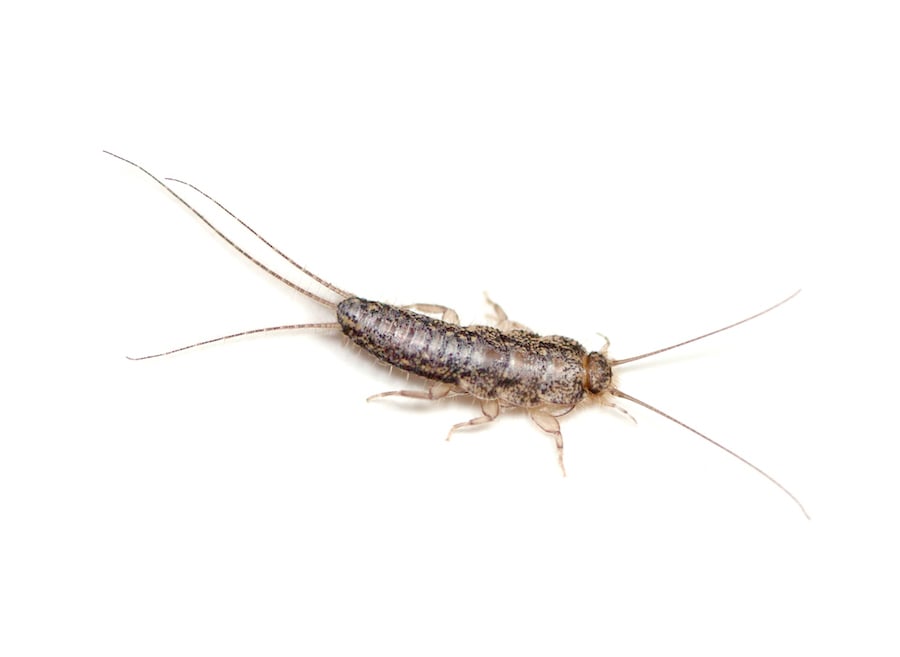
Silverfish are persistent pests that are challenging to control. A thorough approach is the only method for success.

The feral pig problem is causing increasing concern amongst farmers and property managers in NSW, QLD and the NT.

An in-depth look at the various mites that pest managers are likely to encounter, as well as less common and notifiable species.
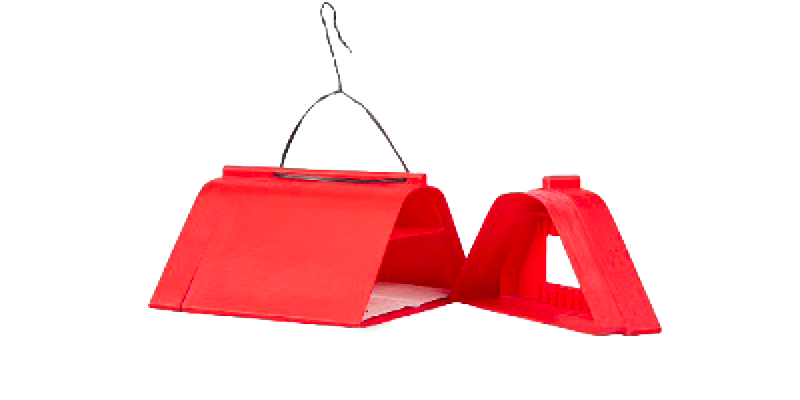
Switching from manual inspections to automated detection could be the future of biosecurity pest control in New Zealand.
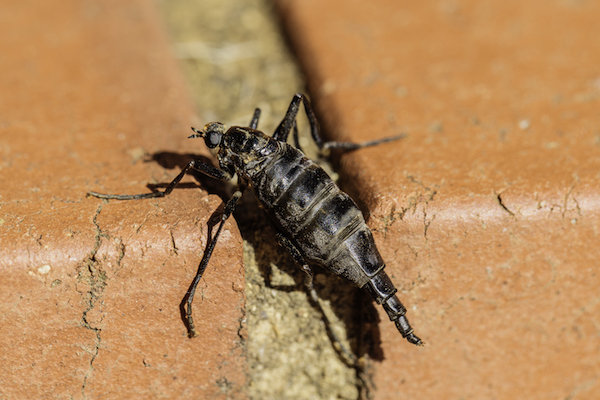
An old joke might call them ‘walks’, but would you be able to ID a wingless soldier fly? Common name: Wingless Solider Fly Scientific name(s): Boreoides subulatus (Family Stratiomyidae) Description: Female wingless soldier flies are long and narrow in shape, and may be over 2cm long, with slender legs of a similar span. The head has large eyes, short antennae, and is usually reddish brown. Some individuals are yellow between the eyes, or grade from reddish brown to grey
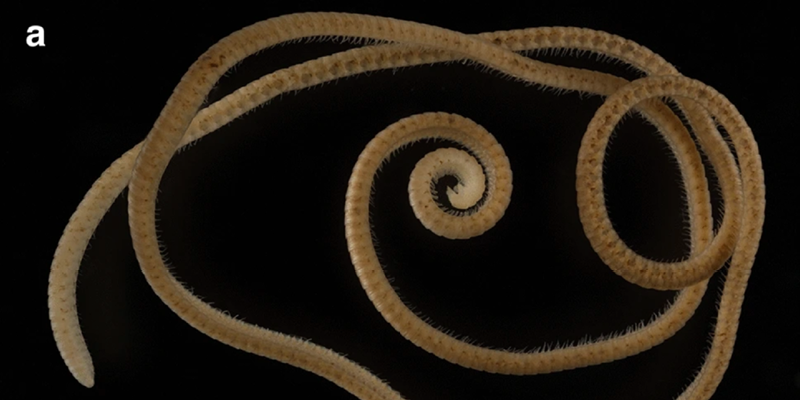
The world’s first true millipede was discovered right here in Australia.